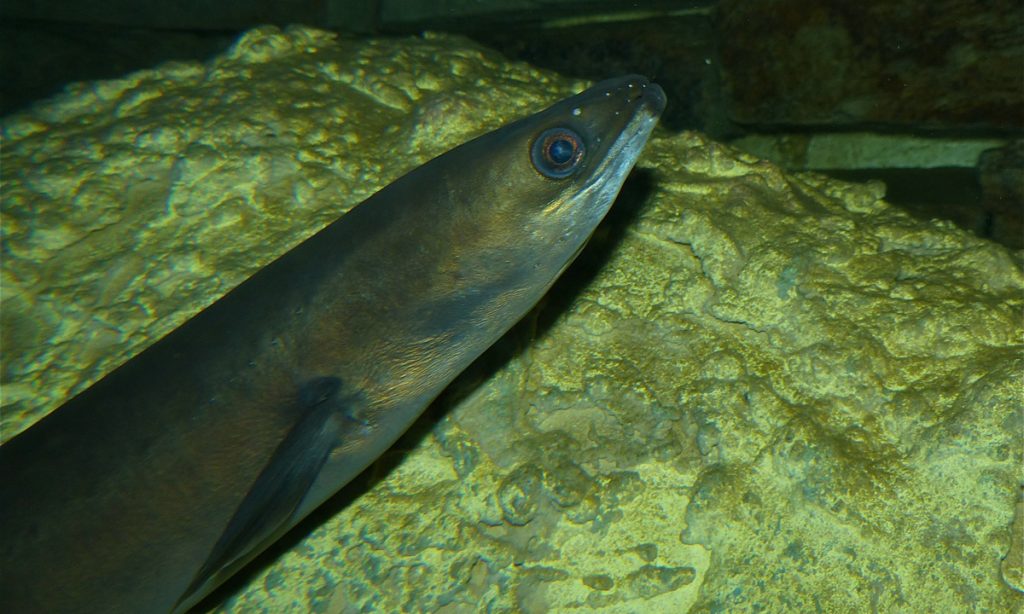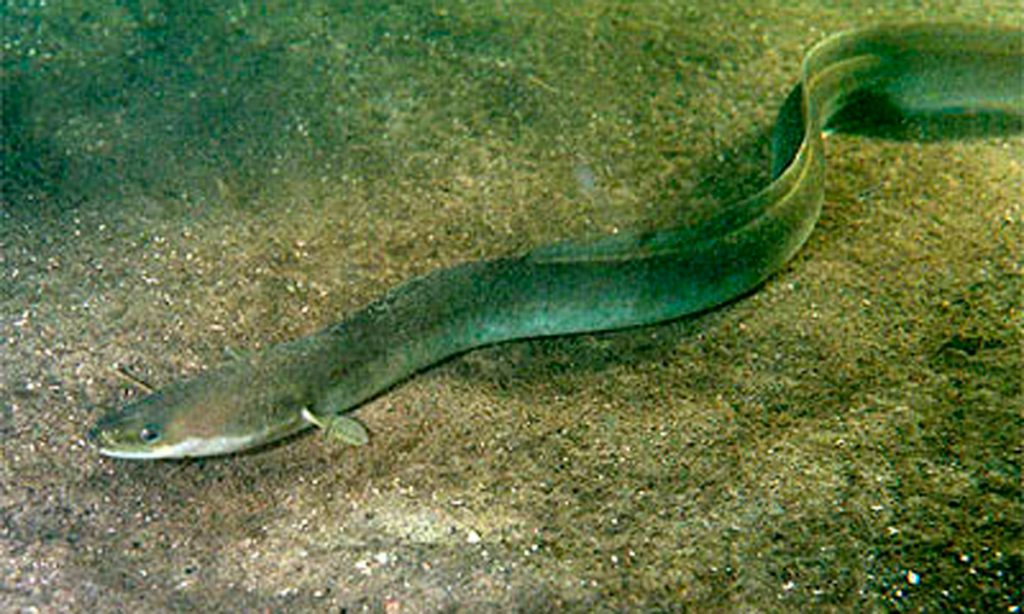
Trace amounts of drugs in our waterways, including cocaine, can have detrimental effects on aquatic animals, a recent study warns.
What many may not consider when taking drugs — prescription or otherwise — is that those drugs are eventually excreted and sent out into our waterways where they accumulate. Now, new research proves just how dangerous they can be for the creatures who live in these environments.
Cocaine, in particular, may be putting the critically endangered European eel at further risk, as the drug could affect the eels’ ability to complete the epic 3,700-mile trip the species makes to mate and reproduce.
For a study published recently in Science of the Total Environment, researchers put eels into water containing low levels of cocaine (comparable to the amounts found in many rivers) for a period of 50 days.

Not surprisingly, the study revealed that the contaminants made the eels hyperactive and negatively affected several body systems that are important for their survival. The drug accumulated in their brains, muscles, gills, skin, and various tissues. Their muscles also showed swelling and deterioration, and their hormone levels changed.
One of the most concerning findings was that the stress hormone cortisol increased. High levels of the hormone can decrease fat, which the eels need to accumulate before their long journey. Additionally, increased dopamine levels can prevent eels from reaching sexual maturity. Muscle breakdown also makes it difficult, or perhaps impossible, to even reach their destination.
Worst of all? The effects were still present even after the fish were removed from the contaminated water for a 10-day “rehab.”
And that’s just one drug. Only about half of drugs and contaminants in sewage are removed by treatment plants, according to a report by the International Joint Commission.
“The compounds show up in low levels – parts per billion or parts per trillion – but aquatic life and humans aren’t exposed to just one at a time, but a whole mix,” Antonette Arvai, a scientist at the International Joint Commission, told Scientific American.
Previous studies have also revealed concerning amounts of pharmaceuticals in our water. Several years ago, one study found that juvenile salmon caught in Washington’s Puget Sound contained more than 80 different drugs, including cocaine.
So what can we do about it? Well, the researchers say it’s probably not practical to try to stop the use of drugs to solve the problem. We may just have to invest more in the water treatment process, instead.




